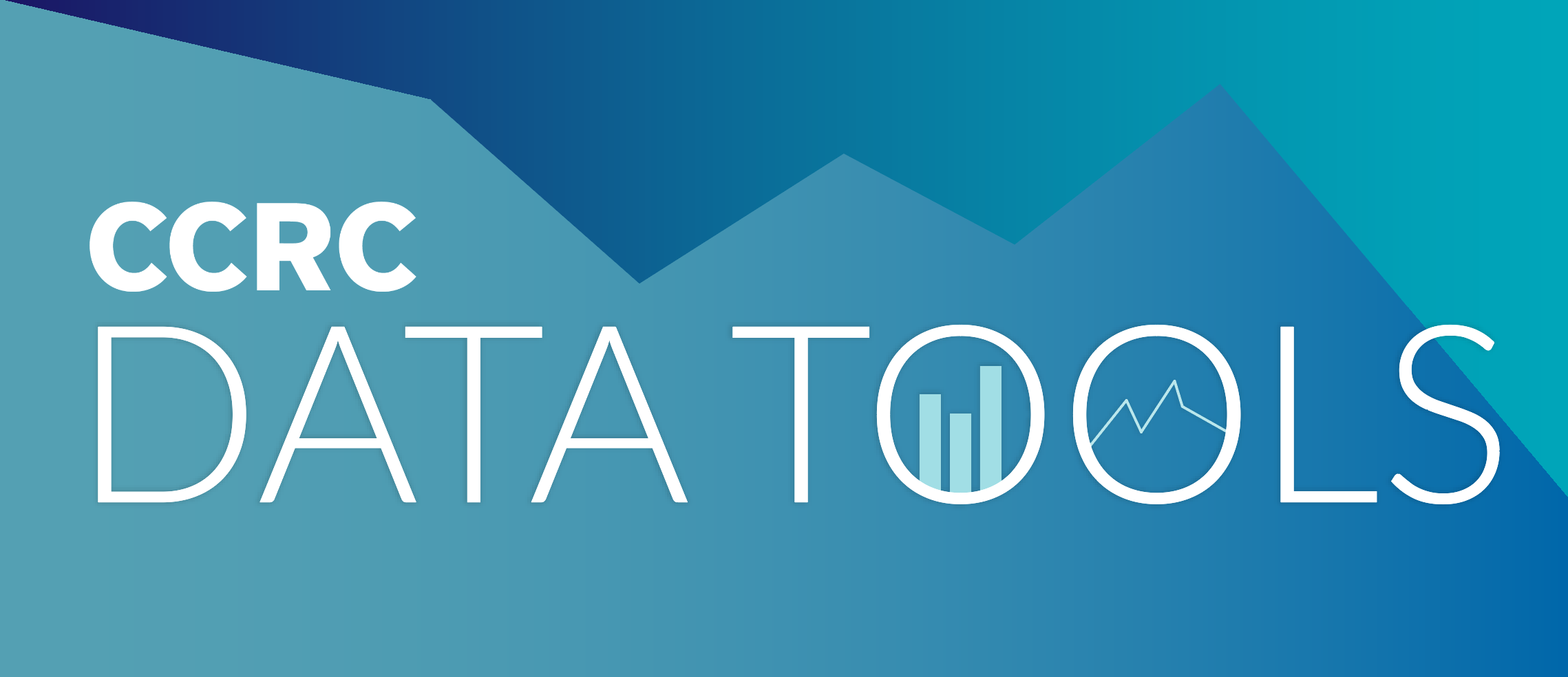This post is the first in a series that brings you inside the classroom to understand more about high-quality instruction in community colleges.
Research by CCRC and others has identified many ways student outcomes can be improved, including through enhanced student advising, well-designed student supports, more coherent programs of study, and opportunities to quickly enroll in college-level coursework. However, in much of higher education research and in many of the large-scale reform efforts undertaken by states and colleges, what happens inside the classroom has received less attention.
Yet students’ time in courses is at the heart of the community college experience and central to the mission of colleges. It is within the classroom that students gain the skills and knowledge needed for future coursework, careers, and civic life. High-quality educational experiences have the potential not only to improve student outcomes generally but also to close achievement gaps resulting from inequitable distribution of educational opportunities. Students’ experiences in their classes can shape their perceptions of themselves and of the subject they’re studying and therefore impact their aspirations, their desire to continue in their field and in college, and ultimately their educational attainment.
CCRC researchers have explored teaching and learning topics for over a decade, but that work has mostly happened indirectly via our portfolio of research on developmental education. This work has contributed to our understanding of the importance of contextualized, conceptually oriented, and discovery-based instruction while simultaneously revealing that these methods of instruction are challenging to implement. Faculty have significant professional development needs when implementing developmental education reforms, but they have limited access to high-quality professional development. Beyond developmental education, CCRC researchers developed a rubric for evaluating online course quality and identified misalignment in student and instructor expectations in online courses. And a current CCRC project is studying how Lesson Study, a model of professional development often used in K-12 settings, can be adapted for use in community colleges.
Nonetheless, the proportion of CCRC research studies focused on instruction has historically been quite small, partly because teaching is challenging to study. Conducting the kinds of detailed classroom observations necessary to understand the intricacies of instruction requires significant resources, and the field lacks well-designed instruments to measure student learning. What’s more, many of the questions about teaching are field-specific, requiring in-depth analysis of not only the strategies faculty employ but also how they employ them toward disciplinary learning goals. Instructional improvement is also a sticky lever for effecting large-scale improvements in student success. Changes to organizational infrastructure and institutional and system-level policies can impact large numbers of students relatively quickly. Improving teaching is slow, labor-intensive work, and it requires us to look behind classroom doors, a practice that is antithetical to the culture of individualism and autonomy that pervades most of higher education.
A recently released paper on CUNY Start math courses represents an exciting new direction for CCRC, exploring instruction explicitly and in detail. Within a larger random assignment study of CUNY Start, we conducted an in-depth analysis of the CUNY Start curriculum in mathematics and how CUNY Start math instructors teach. The paper highlights four features of the CUNY Start instructional approach that differentiate it from the way mathematics is frequently taught in traditional developmental education, including, for example, the use of questioning to elicit student talk and discussion about mathematics. The larger evaluation showed that after one semester, CUNY Start students were significantly more likely to be evaluated as college-ready in mathematics than students in standard developmental math courses (57% versus 25%). Our findings on CUNY Start’s instructional approach have implications both for the design of courses and programs to meet students’ math learning needs and for the infrastructure to support instructors in implementing the teaching practices used in CUNY Start.
It is critical for researchers, policymakers, institutional leaders, and faculty to understand more about the features of high-quality instruction that redress gaps in educational opportunity and help students learn and achieve their academic goals. To do this, we must devise authentic measures of student learning and use them in conjunction with traditional outcome metrics such as credit accrual and graduation. Moreover, we must understand how to support the implementation of high-quality teaching in community colleges. That means studying the experiences of adjunct faculty, the responsibilities of full-time faculty beyond the classroom, the availability of effective professional development, and the ways in which institutional priorities do or do not acknowledge the role of the classroom in student success.
This summer, CCRC will feature a series of posts on the Mixed Methods blog focused on teaching in community colleges. Through these posts, authors with a range of perspectives will explore how community colleges can create the conditions where effective teaching can flourish. So check back for more and tweet us your thoughts at @CommunityCCRC.





